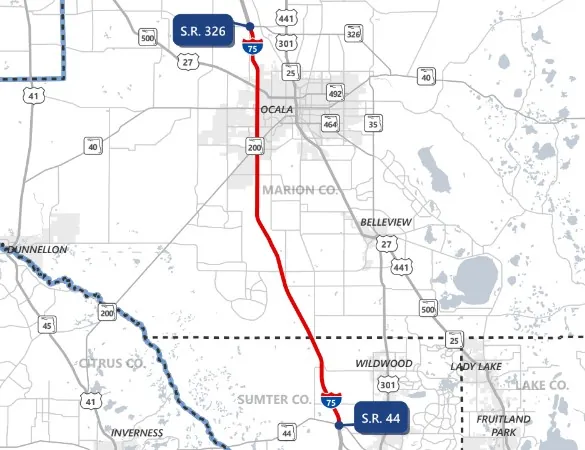What shares the traits of being slow-moving, often unpredictable, and occasionally unwilling to move forward? No, it’s not your latest land deal—it’s the Florida gopher tortoise. This seemingly modest creature can bring even the most carefully planned development projects to a standstill, revealing an unexpected intersection between wildlife conservation and commercial real estate.
As a broker or developer, you have to be ready to experience and deal with unexpected twists and turns in any sort of commercial land project. Issues such as zoning and land use regulations, designing infrastructure and routing utilities, waiting for permitting and approvals, navigating community opposition, and construction challenges are all part of the process of bringing a project to its full glory. However, the environmental aspect of a land deal is one of the most important first steps to take, especially in the state of Florida.
Dealing with the gopher tortoise can be an unexpected nuisance to both an owner and a buyer/developer. Due to their endangered status, these hard-shelled creatures can take up a huge amount of time when dealing with the state while trying to get them re-located.
1. Permitting
- Obtain a Permit: Developers must apply for and obtain a permit from the Florida Fish and Wildlife Conservation Commission (FWC). There are different types of permits depending on the scale and purpose of the relocation (e.g., conservation v. development). The timeline for obtaining these permits takes anywhere from 2-3 months depending on the willingness of the local government to help.
- Application Submission: Submit a detailed application that includes a site plan, a description of the property, and information about the number of tortoises expected to be relocated.
2. Pre-Survey Activities
- Hire a Qualified Professional: Engage a certified gopher tortoise agent to conduct the survey and relocation. These professionals have the necessary training and experience to handle gopher tortoises.
- Notification: Notify the FWC about the planned survey and relocation activities, including the dates and locations.
3. Surveying
- Habitat Assessment: Conduct a habitat assessment to identify potential gopher tortoise burrows on the property. This involves walking transects and looking for burrow entrances.
- Burrow Marking: Mark identified burrows with flags or other markers for easier identification during the excavation process.
- The cost of one day in the field with two biologists is about $1,600 for a day, and the permitting process is $3,500. Renting a backhoe to remove the gophers plus the biologist’s daily rate is about $3,000 in total. FWC charges mitigation for each animal ($300).
4. Transportation
- Transport to Recipient Site: Transport the tortoises to the approved recipient site, which must meet specific habitat criteria and have an FWC-approved management plan. This plan would have been specified in the permit application stage.
5. Release at Recipient Site
- Site Preparation: Ensure the recipient site has suitable habitat features such as an adequate foraging area, cover, and minimal human disturbance. The FWC has strong preferences for areas with white sand, elevation to prevent flooding of tortoise holes, and medium canopy coverage from trees.
- Fences: The land owner is required to install silt fences around the site prior to the tortoises being released. This ensures that the gophers stay in their designated area, making it easier for the environmental team to monitor in the future.
- Cattle: Cows or horses are not allowed to be held in the same area as the gopher tortoises for the safety of the gophers and the preservation of their habitat.
6. Post-Relocation Monitoring
- Monitoring Requirements: Conduct follow-up monitoring as required by the FWC permit to track the health and adaptation of the relocated tortoises.
- The environmental team you work with will monitor the project once every 3 years for 15 years, then every once every 5 years for the following 15 years.
- Reporting: Your consultant will submit regular reports to the FWC detailing the number of tortoises relocated, their condition, and any issues encountered during the process.
7. Compliance and Record Keeping
- Maintain Records: Your expert should keep detailed records of all activities, including the number of burrows excavated, the number of tortoises relocated, and any health assessments conducted.
- Permit Compliance: Ensure all activities comply with the terms and conditions of the FWC permit, including any additional requirements for habitat restoration or management at both the donor and recipient sites. Failure to comply with all state and local regulations results in serious fines and the possibility of jail time.
Hopefully, this article was able to answer your questions regarding the Florida gopher tortoise and how to navigate around the holes they dig in your development timeline.



